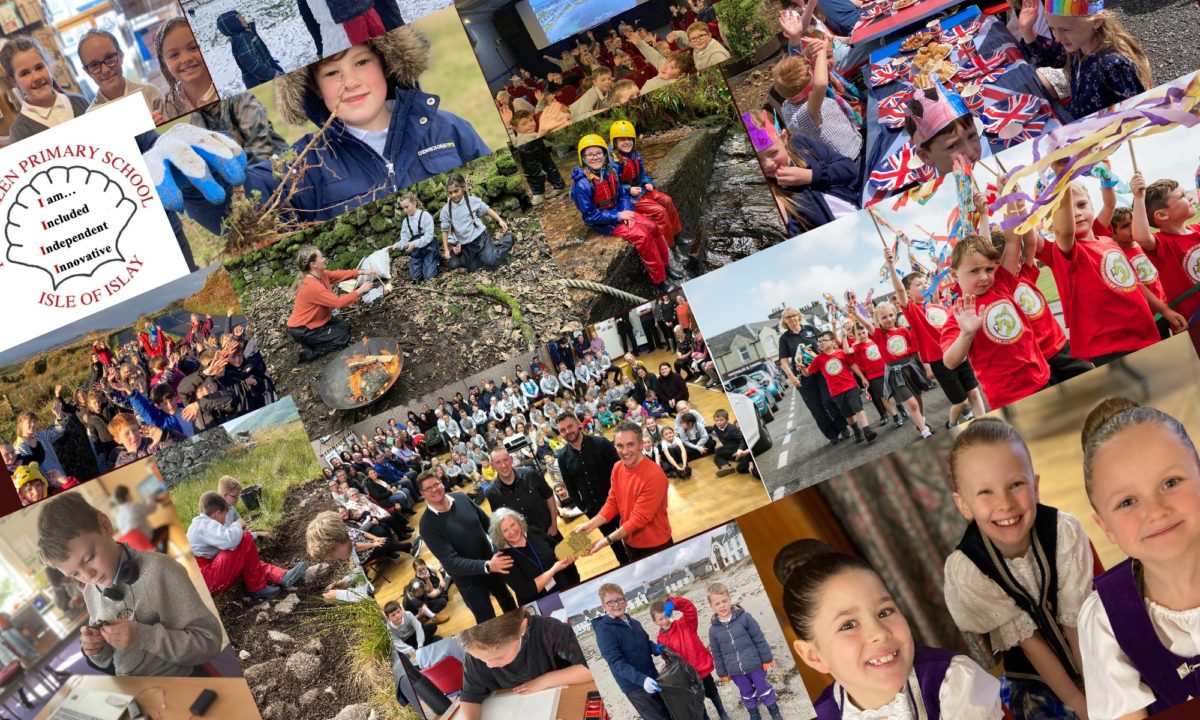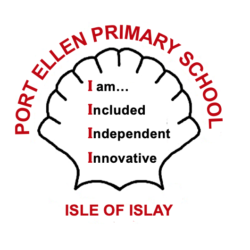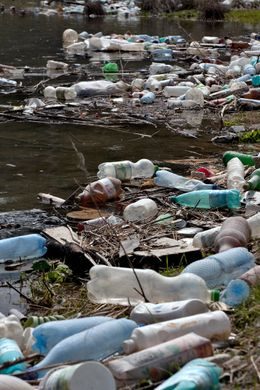 Through a course of hundreds of years we have had a glorious yet destructive item, known as plastic. It is a durable material which is made from oil. It can be made into almost anything, from cups to cars. It is extremely common, and we even think that we could dump it anywhere with almost no consequences, but is that true?
Through a course of hundreds of years we have had a glorious yet destructive item, known as plastic. It is a durable material which is made from oil. It can be made into almost anything, from cups to cars. It is extremely common, and we even think that we could dump it anywhere with almost no consequences, but is that true?
Plastic is everywhere, which proves how reliable, cheap and popular it is. It could be used for packing, making anything inside a cardboard box safe from scratches or marks. And although people do say that oil is running out quickly, and it will be scarce sooner than we think, plastic doesn’t have much to do with that. Plastic only uses about 5% of oil in the world every year. It can’t hold anything, of course. A plastic bridge or a plastic skyscraper just couldn’t work, but as these things take years to make, and their materials are very expensive, it’s understandable why something as cheap as plastic wouldn’t be able to hold the weight. Plastic could also be used for transport. Plastic is lightweight, but strong with the right manufacturing. With it being light but strong, it is a perfect recipe for cars, to make them fast, durable and resistant to weak blows. Relating to its packing form, it can easily carry your shopping for only 5p most the time. You may complain that plastic bags break too often, but what do you expect for something that is 5p? Plastic is also extremely useful for power cords, as electricity cannot travel through plastic.
But, of course it has its disadvantages. Plastic probably has the biggest effect on the ocean out of everything it may damage. Plastic litters the street, the beach and most importantly the ocean. Plastics never break. The may decompose, but they only become micro-plastics, which is still dangerous to the environment and the sea life. If a sea creature eats a bit of plastic, it could harm its organs, and if it has children, its children would also have plastic in its body. Micro-plastics have this same effect. Plastic that is too big for an animal could either choke the animal if it tries to eat the plastic, or the plastic could get stuck around the animal, which could prevent it from eating, moving or it could tangle around the animal’s throat and choke it. If we eat something that has eaten plastic we would also be eating plastic, as fish can’t digest it. It’s not as dangerous for humans as it is for fish, but would you like to eat plastic?
In the end, plastic does have lots of benefits, and to stop using it altogether doesn’t seem like a good idea due to the amount of it we use and somethings would be impossible without it. But we should be wary on how much we use and what we do with our plastic and only use it where it is really necessary. Throwing it away is not a good idea and we should recycle as much as possible, and if people try to do things such as beach cleans to try to get rid of as much plastic as possible, I think we can live with plastic sustainably.
 On Monday the 7th, we had a google meet with a marine biologist called Saana and we learnt about all of the things you have to do to be one.
On Monday the 7th, we had a google meet with a marine biologist called Saana and we learnt about all of the things you have to do to be one.






 Recently we had a Glow meet with two scientist that are working about Whalesharks mainly around the Maldives. Their names where Alina Wieczorek, and Giulia. They were also telling us about; Plastic turns into miniature microplastics, and then when whalesharks eat their food, they can be possibly eating tiny microplastics which can damadge their bodies, and it can lead to death sometimes. Whalesharks eat plankton.
Recently we had a Glow meet with two scientist that are working about Whalesharks mainly around the Maldives. Their names where Alina Wieczorek, and Giulia. They were also telling us about; Plastic turns into miniature microplastics, and then when whalesharks eat their food, they can be possibly eating tiny microplastics which can damadge their bodies, and it can lead to death sometimes. Whalesharks eat plankton. As a whole school our topic is Pollinating. We will be learning all about the different species of bees and flowers that are around the school grounds and all over the island and maybe the whole world. Every Monday we have been having visits from Fiona MacGillivray who is part of the Islay Pollinators project and is from the Islay Natural History Trust. Yesterday Mrs MacGillivray came into the school to do the project. When Mrs MacGillivray came in yesterday we were looking at all the different types flowers up the back of the school. Yesterday we also looked at all the different flowers that were in the Quadrants on the hill behind the school. We found the following plants up the back of the school:
As a whole school our topic is Pollinating. We will be learning all about the different species of bees and flowers that are around the school grounds and all over the island and maybe the whole world. Every Monday we have been having visits from Fiona MacGillivray who is part of the Islay Pollinators project and is from the Islay Natural History Trust. Yesterday Mrs MacGillivray came into the school to do the project. When Mrs MacGillivray came in yesterday we were looking at all the different types flowers up the back of the school. Yesterday we also looked at all the different flowers that were in the Quadrants on the hill behind the school. We found the following plants up the back of the school: We drew Botanical drawings of the flowers that we found. Here are some facts about pollinators/ pollinating;
We drew Botanical drawings of the flowers that we found. Here are some facts about pollinators/ pollinating; On Tuesday 14th May we had a glow meet with Alina Wieczorek and Giulia Donati. Who are part of the Maldives Whale Shark Conservation. There are 200 islands in total and 100 are used for tourists and the other hundred are just normal islands for the people who grew up in the Maldives. They answered a lot of our questions and we also found out a lot of new facts. We learned that whale sharks can live for up to a century and in rare cases over a century, we also learned that the reason they are protecting this fascinating creature is because it is endangered and if it were to become extinct its loss in the ocean would have repercussions on many of the other marine animals. In the end we thoroughly enjoyed learning many interesting facts from this experience and we all will be sure to watch our use of plastics and will also help contribute to saving these magnificent creatures and all the others who share the ocean.
On Tuesday 14th May we had a glow meet with Alina Wieczorek and Giulia Donati. Who are part of the Maldives Whale Shark Conservation. There are 200 islands in total and 100 are used for tourists and the other hundred are just normal islands for the people who grew up in the Maldives. They answered a lot of our questions and we also found out a lot of new facts. We learned that whale sharks can live for up to a century and in rare cases over a century, we also learned that the reason they are protecting this fascinating creature is because it is endangered and if it were to become extinct its loss in the ocean would have repercussions on many of the other marine animals. In the end we thoroughly enjoyed learning many interesting facts from this experience and we all will be sure to watch our use of plastics and will also help contribute to saving these magnificent creatures and all the others who share the ocean.

 Dear Reader,
Dear Reader,
 Through a course of hundreds of years we have had a glorious yet destructive item, known as plastic. It is a durable material which is made from oil. It can be made into almost anything, from cups to cars. It is extremely common, and we even think that we could dump it anywhere with almost no consequences, but is that true?
Through a course of hundreds of years we have had a glorious yet destructive item, known as plastic. It is a durable material which is made from oil. It can be made into almost anything, from cups to cars. It is extremely common, and we even think that we could dump it anywhere with almost no consequences, but is that true? On Thursday 21st March the whole of Port Ellen Primary School went down to the co-op beach for a beach clean. There was also people from high school to help, they where the John Muir group, and also ReJIG. Before everyone went we got put into groups of 5. There was 10 groups. I got paired with Chloe, Katy, Christopher and Phoenix. P67 had created a survey so we could find out what the different types of plastic were that we foundon the beach. There were lots of small bits of plastic between 2.5 and 50cm long, but the biggest plastic pollutant was ropes and nets from fishing boats. You can see the results in the graph below. We collected 2 bags full of rubbish, lots of it was plastic. Altogether the school got 900 bits of plastic rubbish off the shore. When we left all the beach had was sand and seaweed.
On Thursday 21st March the whole of Port Ellen Primary School went down to the co-op beach for a beach clean. There was also people from high school to help, they where the John Muir group, and also ReJIG. Before everyone went we got put into groups of 5. There was 10 groups. I got paired with Chloe, Katy, Christopher and Phoenix. P67 had created a survey so we could find out what the different types of plastic were that we foundon the beach. There were lots of small bits of plastic between 2.5 and 50cm long, but the biggest plastic pollutant was ropes and nets from fishing boats. You can see the results in the graph below. We collected 2 bags full of rubbish, lots of it was plastic. Altogether the school got 900 bits of plastic rubbish off the shore. When we left all the beach had was sand and seaweed.









